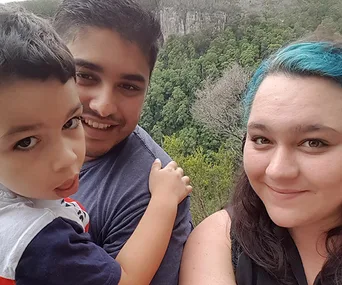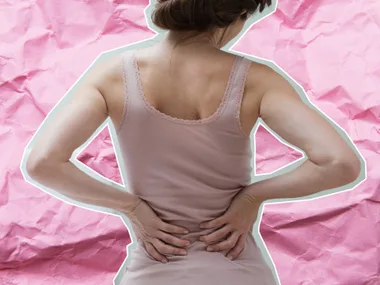More than 3.7 million Australians experience back pain on any given day. In fact, back pain is so common it is now the leading cause of disability globally. But if you thought even the best pain killers could help treat your aches and pains – you may be sorely mistaken.
Lower back pain treatment including painkillers, scans, injections and surgeries have been deemed ineffective by a team of international health experts.
In three papers published in medical journal Lancet, Australian and international authors say vast numbers of people with lower back pain are being harmed, not helped by current treatments such as painkillers, injections, spinal fusions, scans and even bed rest.
What people with back pain really need is exercise and the earliest possible return to work and their normal life, experts say.
“The burden from low back pain has reached a tipping point where the condition is growing rapidly, is poorly understood and is being mismanaged medically — at cost both to the patient and to the healthcare system,” said Monash University researcher, and lead author of one of the studies, Professor Rachelle Buchbinder.

Experts say almost everyone will experience lower back pain at sometime in their life.
Lower back pain treatment
Back pain is becoming more common due to our expanding population and ageing population as well as our increasingly sedentary lifestyles. Almost everyone will experience lower back pain at some point in their lives, says the health experts. However, where once we thought painkillers and bed rest was the best way to treat a sore lower back, according to researchers – this is actually not helping at all.
But hang on, like us, you’re sure you’ve felt some pain relief in your back from taking Ibuprofen or Paracetamol, but according to Professor Buchbinder, you’re probably experiencing a placebo effect.
So why are doctors still prescribing these treatments if they’re ineffective or even harmful? Professor Buchbinder told the ABC, the current treatments were introduced before large research was done into the area and doctors had to rely on anecdotal experience.
“Over time, these things have been tested in rigorous studies and either they don’t work at all compared to placebo or they have recognised harms.”
So if how we are treating back pain now is harming us, what should we be doing? Professor Buchbinder says back pain should not be treated as an “injury”, but as an issue that comes and goes and in many cases can be effectively managed through less-invasive physical and psychological therapies.
What are the causes of lower back pain?
Professor Buchbinder says a lot of low back pain that causes disability occurs because of lifestyle choices.
“We know disabling low back pain is over-represented in people with low-socio-economic status, lifestyle factors such as smoking, obesity and low levels of activity are all associated with the recurrence of low back pain; so those things are very important to address,” said Professor Buchbinder.


